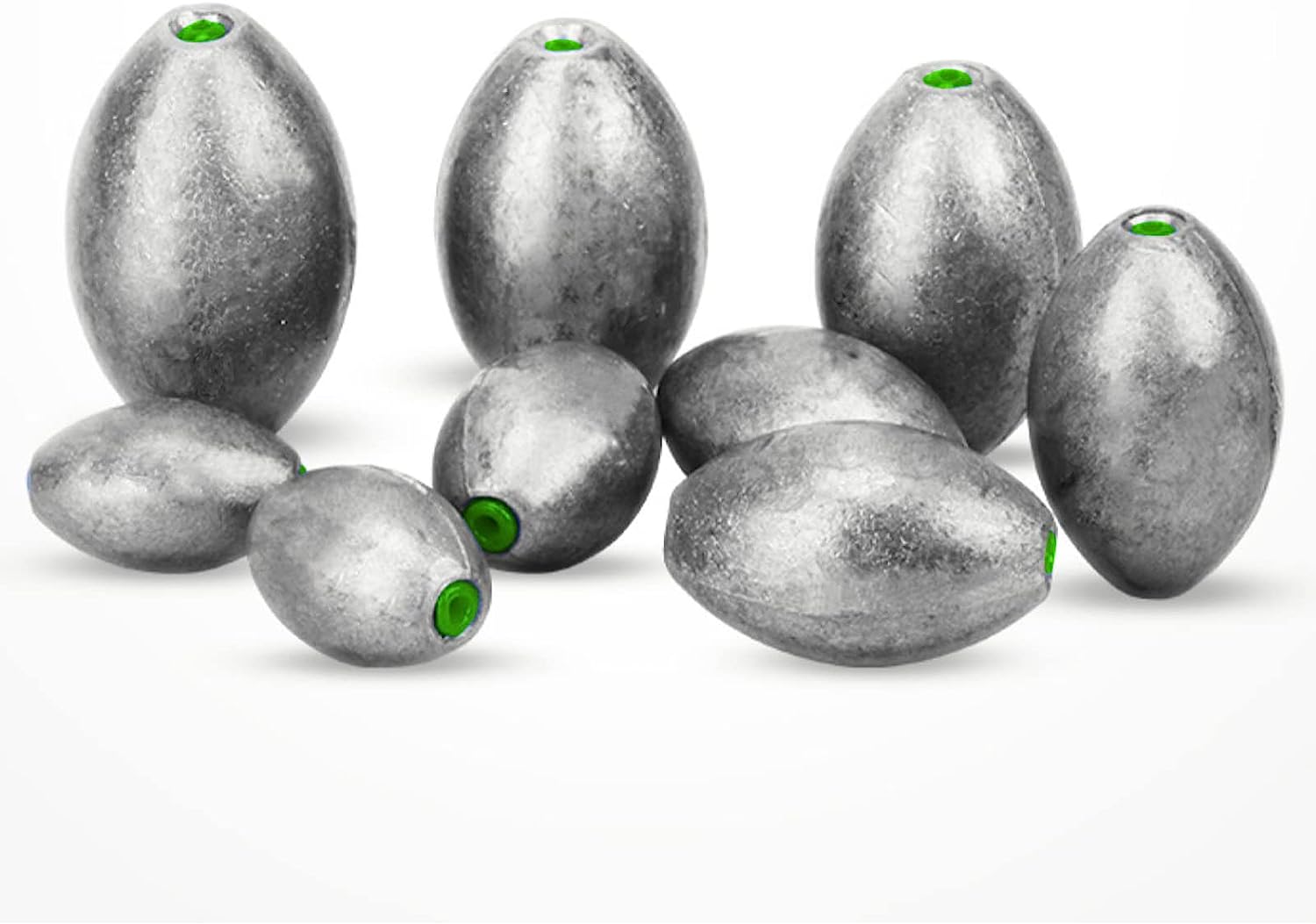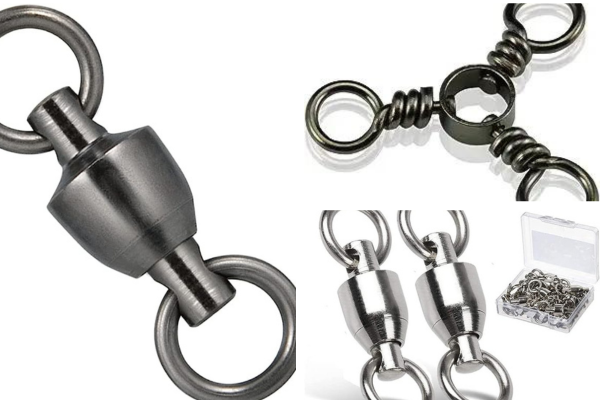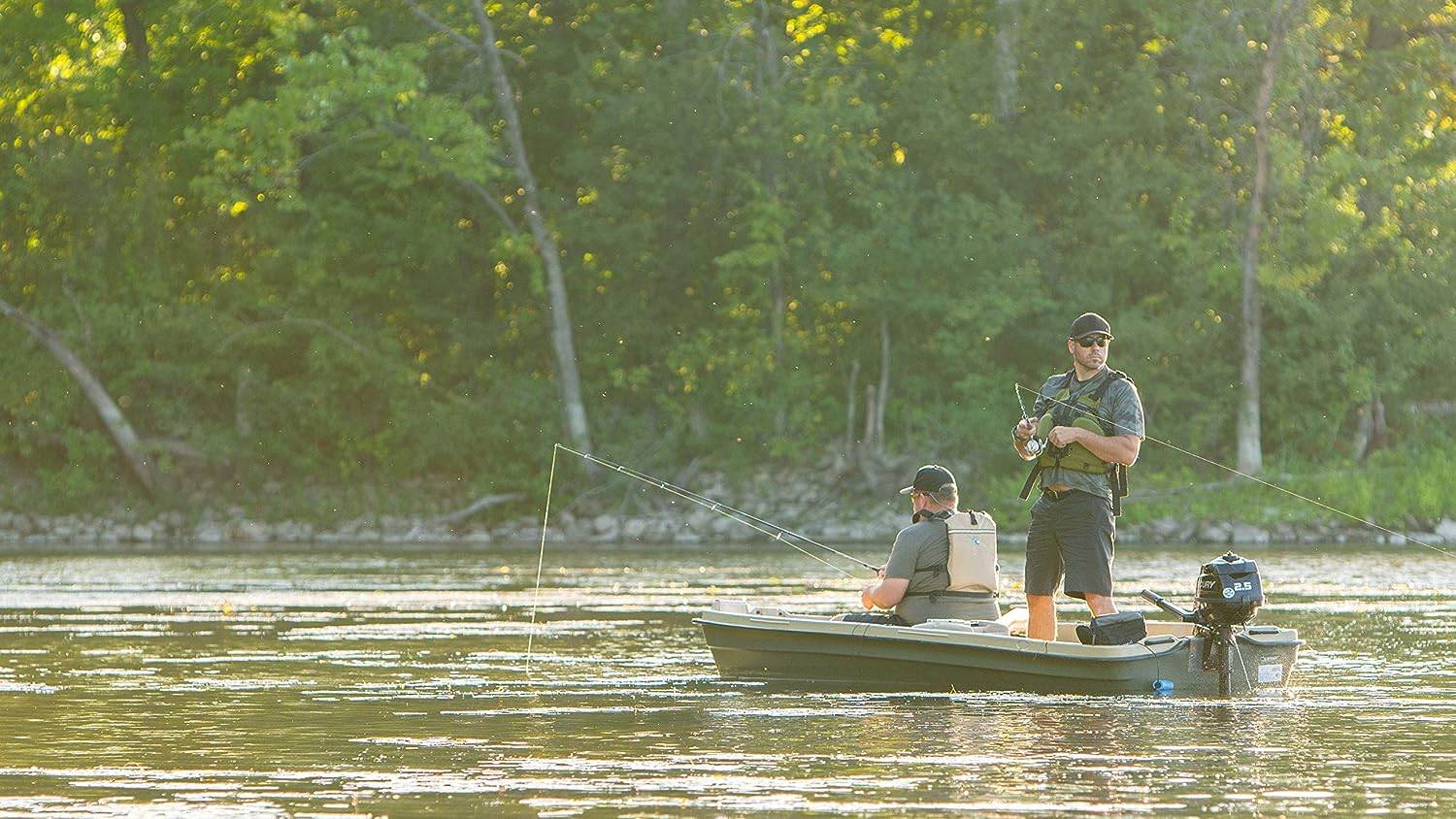Do you own a kayak and are already a pro at kayaking but would you love to add fishing to the mix?
If your answer is yes, this post is for you. Through our tips, you will kayak and fish with smiles all over your face, even if you are a beginner. You can document the experience and mirth all on tape.
However, ensure you have a fishing license before you follow our tips. And if you already have one, fish according to regulations.
That said, let’s delve into our detailed tips for kayak fishing!
Get The Basics Right
Yes, you can start kayak fishing today. But, first, you should learn the basics. Can you kayak? What type of fish would you like to catch and would you find such in your preferred water?
Wait, do you even know how to use a fishing hook or tie a knot?
Once you can answer these basics, you have taken the first step to kayak fishing. But if you can’t fish or kayak just yet, don’t fret. Check our blog for tips to start!
Overall, learn to kayak and fish sustainably and don’t hurt the fish or soil the water.
What next?
Read Your Weather Reports
After the basics of fishing and kayaking, learn how to read weather reports. That way, you can spot complications before you step out. Plus, you will save yourself from zero catch.
So, what weather elements should worry you?
Rain
We will advise you against kayak fishing in the rain. Besides being wet – which can be leaf to slips and cold -, fishing is almost impossible in a downpour, even for experts.
If you must go out in the rain, use your suit for comfort and maintain a steady grip. Else, you will lose your catch despite the inconvenience.
Lightning
While you can still manage kayak fishing in the rain, never try a thunderstorm. If your weather report informs you of one, stay indoors.
Say you are out kayaking before the thunderstorm. Move to shore immediately, turn your rods down and flat inside your kayak. Why?
The rods might assimilate the lightning. So, save yourself the trouble and kayak another day or after the thunderstorm has passed.
Fog & Wind
Like thunderstorms, avoid kayak fishing in foggy and windy conditions. Fogs, for example, can make you lose track of yourself or your catch.
Imagine yourself in the center of the waters blindfolded. That would be another episode of Bird Box. That’s what fog can cause; it’s best to avoid it!
On the other hand, winds can cause harm, especially when you are using a small kayak. If you are not an expert, steer clear of kayak fishing during winds.
And while you are it, always paddle against water waves. Else, your kayak might capsize – regardless of the size.
Enough about weather and basics; let’s discuss what to pack!
Bring Your Gear
The first gears you want to bring are your safety kits. Kayaking alone can be dangerous, so come prepared for emergencies. How?
Pack the following safety gear:
- Emergency kayak repair and first aid kits
- Flares
- Floatation device
- Gloves
- Headlamp
- Paddle and fishing rod leash
- Whistle
After your safety gear, stock up on your fishing handling tools. About the tools, know that what you will pack for your trip depends on the fish you plan to catch.
For example, you might not need pliers to unhook a fish like a trout. Since they are soft-lipped, you can remove the hooks with your hand.
Another thing to note, especially if you’re a beginner, is the barbs on your hooks. You might want to compress those; they make unhooking fishes hectic.
In any case, here are some fish handing gear you will need:
- Gloves
- Grips and stringers
- Line cutters
- Nets – scoop and drag
- Pliers or crimpers
Besides gear, there are other protective aids you should bring. For example, skin-protective kits would come in handy. And if you will be out on the waters for long, pack lots of drinkable water and food.
Pro tip: make lean proteins the bulk of your food. Instead of “bland” water, try water-rich fruits like watermelon.
If you would need documentation, bring a camera on mount. However, ensure that the aid is waterproof.
Lastly, and most importantly, don’t forget your anchor. We understand they might be quite a load. In that case, go for the folding types.
Pro tip: don’t tether your anchor to the side of your kayak. Only do it towards the bow or stern. Else, your vessel can capsize.
Now, you can go out and have fun. But if you want assured catch from your fishing trips, wait out the following tips:
Fish Like An Expert
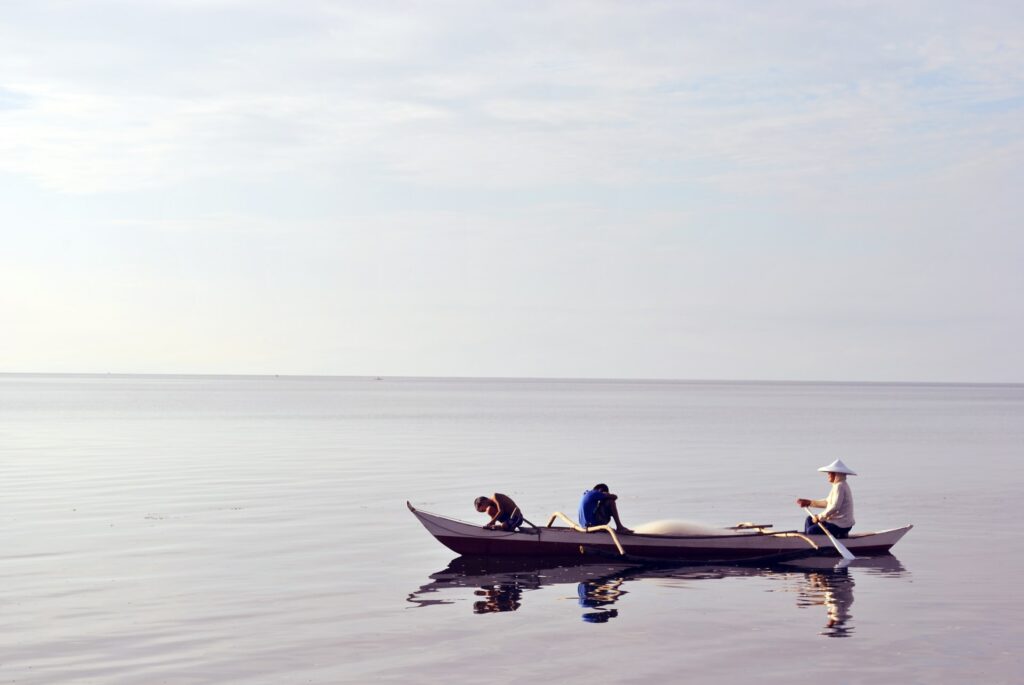
You might be wondering, how can a beginner fish like an expert? Well, it’s possible and the step you must take to get assured results from your trips.
So, how do you go about it?
- Practice sight fishing. It means standing on your kayak by the bank or marsh and skimming the waters to seek fish with your eyes.
To make sight fishing easier, we will advise you to get glare glasses. With one, you won’t suffer the glares from the sun. - Once you “sight” fish signs, take your time and quietly move towards them.
We understand that feat can be almost impossible. So here’s what you should do: don’t knock paddle on the water’s surface or against your kayak. Instead, stroke the aid gently. - Your quiet paddling isn’t enough for an assured catch because it might mean you move slowly. But you can be fast and stealth when you learn to drift.
Drifting means you will paddle in the direction of the current. When you do so, you only need a few strokes to reach your target fast and in stealth. - You have reached your target. Even then, a catch is not set in stone if you don’t master luring.
So, learn lure-changing techniques to adapt to any fish you see. Your expertise in this skill will help you save face.
But what if a fish fights despite your masterly luring techniques? - Though they are rare, fighting fish exists – lookout for basses and redfishes. If you ever come across one, your luring changing skills will come short. At that level, you must learn to set the drag. That means adjusting your pressure to accommodate the weight of your catch and the strength of your fishing line.
Get A Kayak Cart
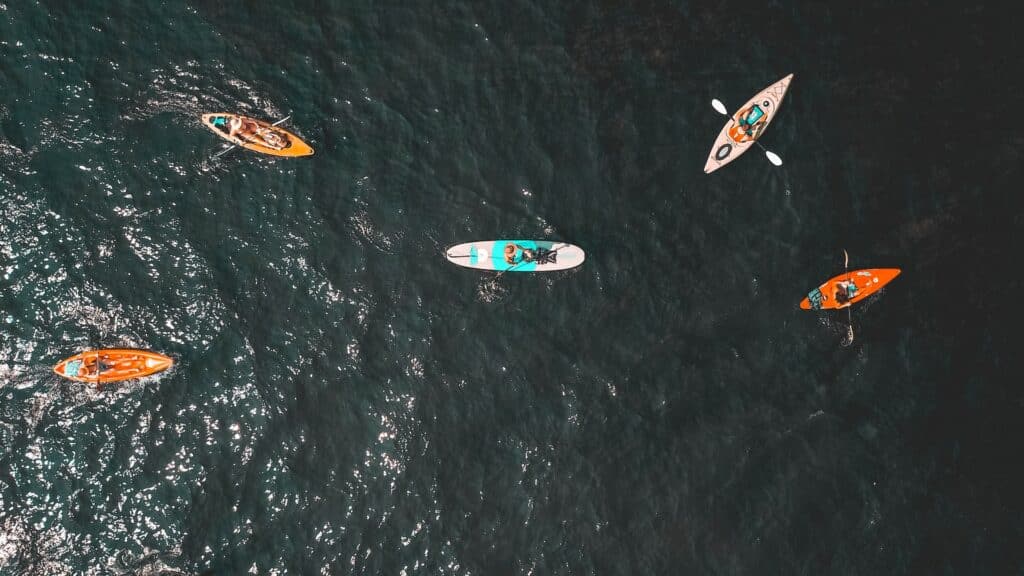
You’re a seasoned kayak fisherman now. But dragging a kayak around is hectic work, even for two people. For that reason, get a cart.
With a kayak cart, you will save your energy for what truly matters: paddling and catching fish. And while you’re at it, learn how to re-enter your vessel. Else, you might injure yourself.
All the best on your kayak fishing trips!
Share the Love
If you found this post useful, please let others know about it by sharing it.
Related Posts
If you found this post useful, please explore others posts.
